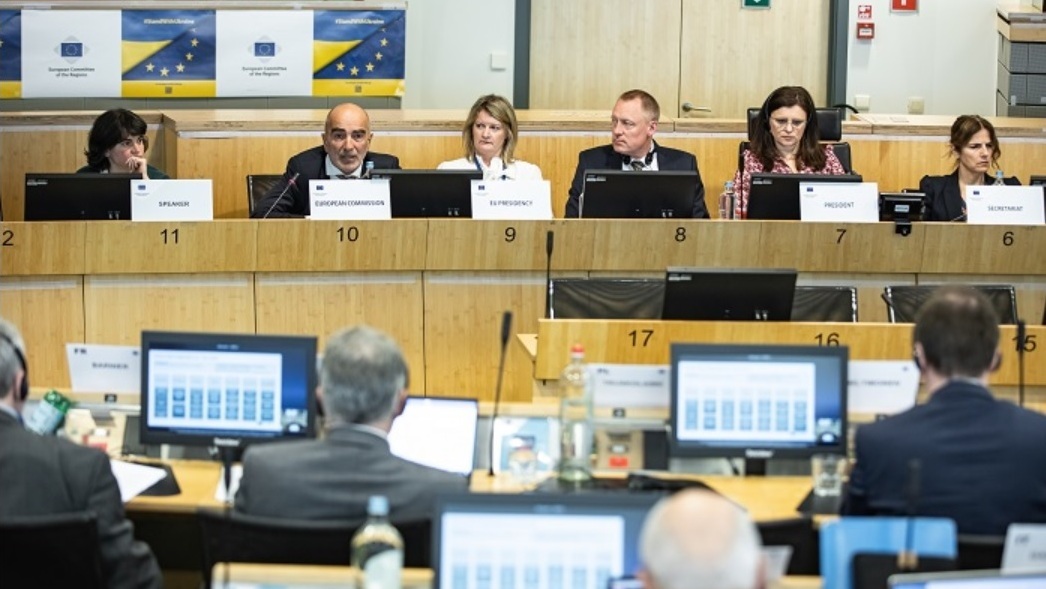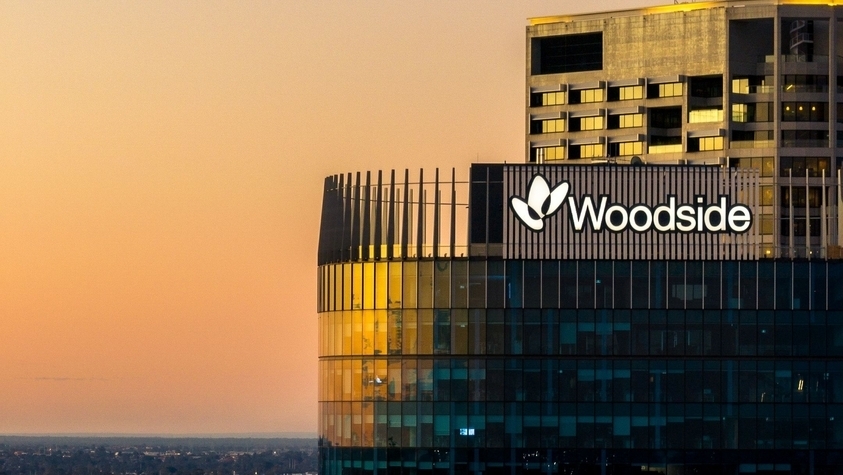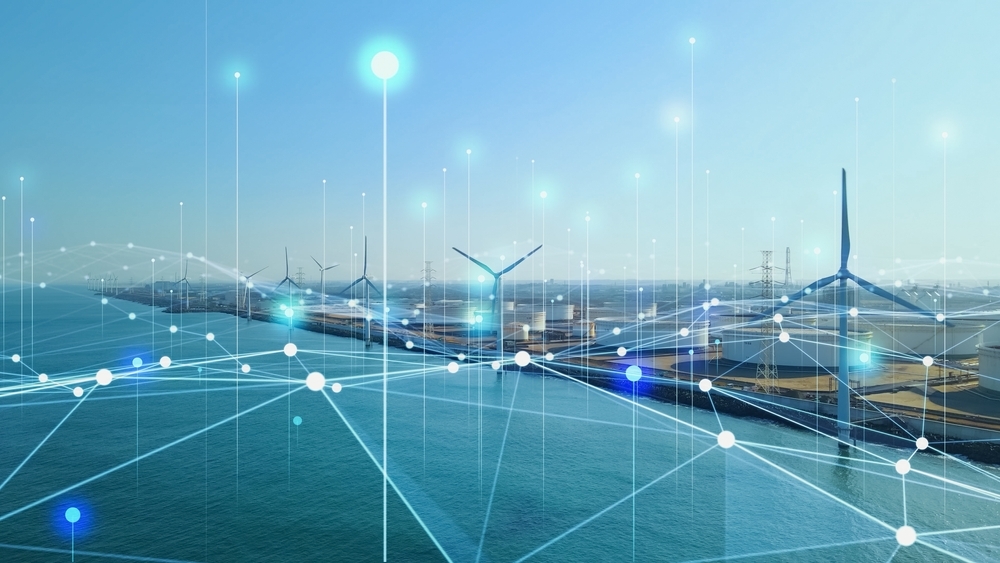
How Europe tries to lure new net zero investors: Fresh policy, less red tape and lots of tech
European policymakers have set their eyes on regional intervention and killing off raw materials to pull in new green investment
Sustainable investors should be provided more certainty, better policy coordination and reduced administrative burdens to make Europe a more appealing place for green asset owners.
Also, access to sophisticated net zero technologies and sector-specific transition data are key to lure more money owners to different regions across Europe.
That was basically the message from a prominent group of policymakers, politicians and regulators during a much-anticipated net zero investment summit in Brussels last week.
At the top of the agenda during the meeting of the Commission for Economic Policy (ECON) of the European Committee of the Regions (CoR): How can EU regions get to net zero in an economically viable way, by making the bloc a magnet for green investors?
Attendees stressed that, as far as net zero is concerned, a logical first step would be to ban raw materials and and roll out localised action plans to make Europe a more attractive place for sustainable investors.
Raw materials are out
Reducing the reliance on imports of critical raw materials, in particular from China, was seen as a critical step towards net zero and a greener investment climate.
Raw materials are fast-becoming more and more indispensable to the decarbonisation revolution that the European Union wants to achieve in the coming decades, the policymakers agreed.
For instance, the European Commission has estimated that by 2030 EU demand for lithium, used to manufacture electric-vehicle batteries, will increase twelve-fold.
However, the transition to climate neutrality will have a different impact on individual European regions.
To avoid growing territorial disparities and ensure that no region is left behind, ECON members discussed how to strengthen Europe's competitiveness and productivity at local and regional level.
There was particular focus on luring new, non-European investors and how to keep regions appealing for asset owners and others to pump their money into local and regional companies, seen in the light of the Commission's recently proposed Critical Raw Materials Act and the Net Zero Industry Act.
Many European corporates, in particular in energy-intensive sectors, need access to net zero technologies in order to remain competitive and circular.
Obviously, like anything in else in Europe, the bloc is a vastly fragmented ecosystem: Regions and cities depend on critical raw materials to varying degrees.
Therefore, attendees stressed the need for regional action to establish sustainable and innovative value chains.
As China currently holds market power both on the supply as well as demand side, local leaders highlighted that the EU needs to strengthen the different stages of the European critical raw-materials value chain and reduce its dependency on Chinese supplies.
Investment climate
The most effective way to reduce dependency on Chinese and other supplies is by strengthening the EU's net zero technology manufacturing ecosystem, it was agreed.
At the same time, there is a growing need for early involvement in the formulation and development of strategic projects.
Local and regional authorities also have a key role to play in improving the current investment climate, namely by promoting training and reskilling, particularly in building the capacity of public-sector workers.
They also constitute a key level for securing acceptance of the EU's strategic objectives on clean-energy technologies, and of industrial projects, the group agreed.
Furthermore, many European corporates, in particular in energy-intensive sectors, need access to net zero technologies in order to remain competitive and circular, and thus an attractive investment target for asset owners.
Attendees stressed that, as far as net zero is concerned, investors would benefit enormously from more certainty, better policy and regulatory coordination and less red tape.
Administrative burdens need to come down for corporates and investors to find each other.
In this respect, "a strong and effective EU Cohesion Policy will play an important role in supporting these regions in managing a just and fair transition," attendees agreed in a motion.
Regional and local leaders will organise a followup on yesterday's net zero debate at a later date, for which German politician Mark Speich was appointed as rapporteur for the Net Zero Industry Act.
Net Zero Industry Act
The proposed Net Zero Industry Act is a response to the American Inflation Reduction Act, published by the European Commission last month.
The proposal is part of the bloc's Green Deal Industrial Plan with the overall goal of enhancing the competitiveness of Europe's net-zero industry and supporting the fast transition to climate neutrality.
The NZIA aims to scale-up clean tech manufacturing in the EU with the ambition that the EU's strategic net-zero tech manufacturing capacity should reach at least 40% of the Union's annual deployment needs by 2030.
Together with the proposal for a European Critical Raw Materials Act and the reform of the electricity market design, the Net Zero Industry Act sets out the European framework to reduce the EU's reliance on highly concentrated imports, while accelerating the progress towards the EU's 2030 climate and energy targets and the transition to climate neutrality by 2050.
The proposed regulations now need to be discussed and agreed by the European Parliament and the Council of the European Union before their entry into force.




